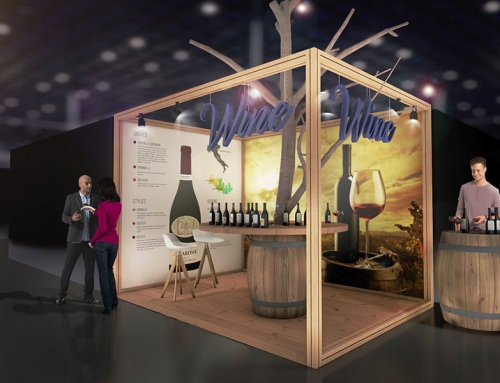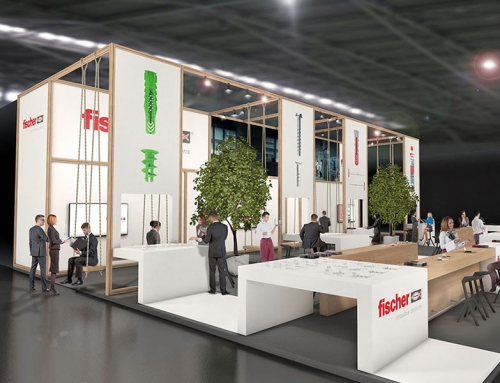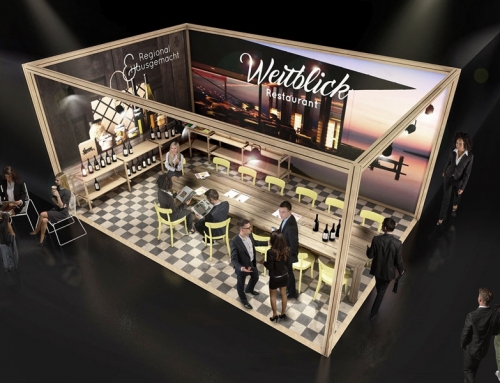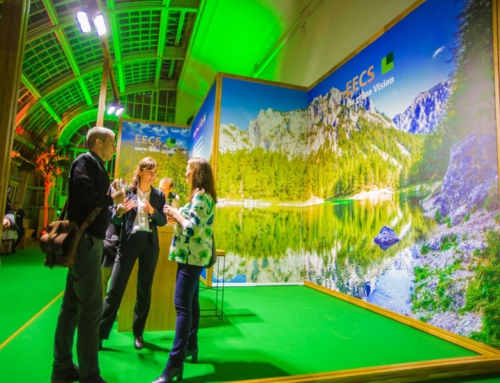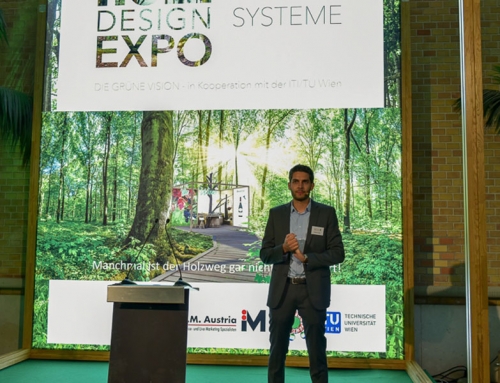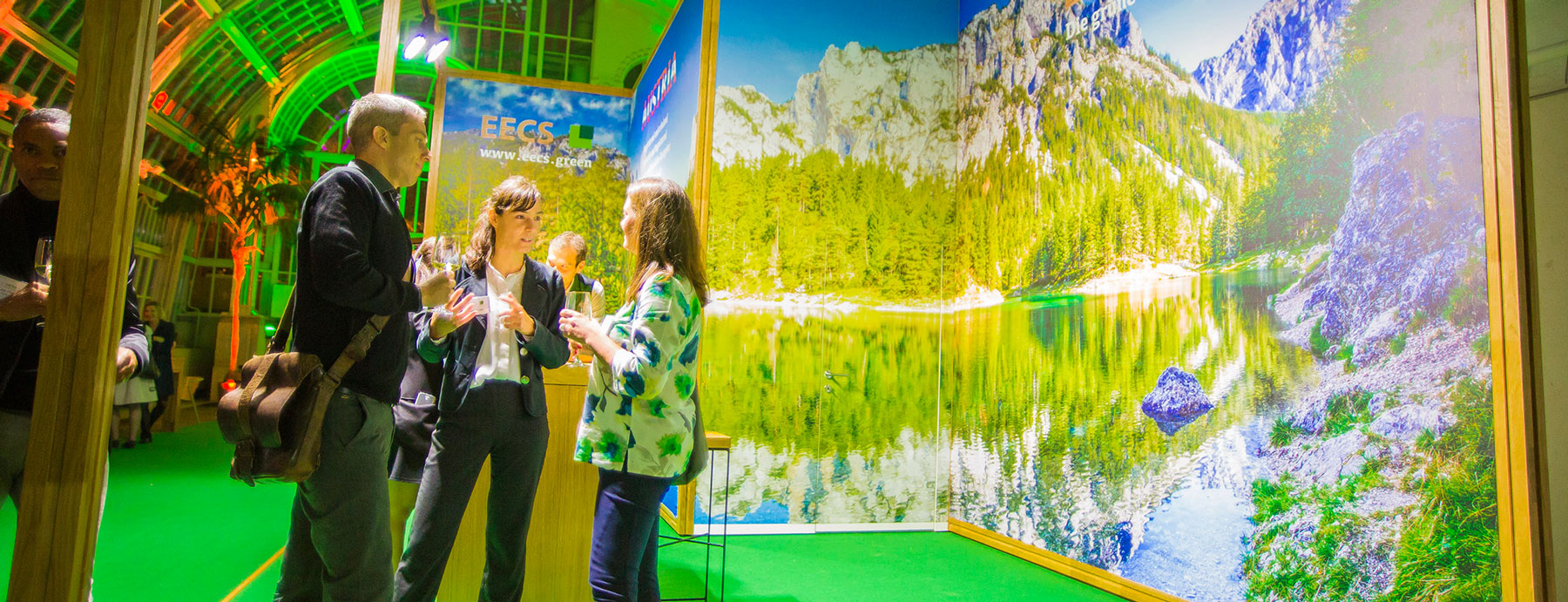
Sustainable exhibition stand construction
From the coffee, to the waste separation, to the events. In the meantime, sustainability has become an integral part of any corporate philosophy, and the subject is now permeating every department. Although sustainability is also increasingly becoming an image issue, the integration of climate protection and sustainability is still missing in trade fair construction.
Even though most stand builders consider aluminium to be sustainable because it can be recycled, the clearing of hectares of rainforest for the required bauxite is accepted. The disposal of aluminium ultimately leads to further, devastating environmental pollution. So there is no question of sustainability here.
Similarly, most wooden stands are only partially sustainable. Most of the wooden stands we see at fairs and events in Europe are made of spruce. The spruce is soft (Brinell hardness 12 N/mm²) and light (Density of kiln 410 kg/m³). In this way, it represents a supposed alternative to aluminium systems in the case of one-off installation. But since there is no system behind these stands, there are only the following three possibilities:
The first possibility presupposes that behind this stand there is the will to present oneself with the identical, unchanged stand over and over again at every trade fair appearance. In this case, the exhibition stand, which is not durable anyway, is dismantled and transported to a warehouse. However, the costs for this are extremely high. Moreover, since these stands are usually made of spruce wood, which easily dent, it is highly unlikely that the stand will come away unscathed during dismantling, storage and reconstruction. If for such reasons the stand is not made of spruce but of more solid wood, the question of profitability arises here. The beech, for example, is a hard (Brinell hardness 34 N/mm²) and heavy (kiln density 680 kg/m³) Wood. Due to the dead weight of the beech, the transport costs and the construction time increase, not to mention the high costs of acquisition.
For most companies such an undertaking is not worthwhile. Apart from that, it is unthinkable for many companies to present themselves with an unchanged trade fair appearance anyway.
The second possibility - and at the same time the best-case scenario - is to dismantle the wood stand after the event and process it into pellets for heating. This of course involves costs for something that does not yield many cubic metres of pellets. In this case too, the question of profitability arises.
The third and most likely possibility is that the stand will be destroyed and disposed of during dismantling. This means that there are no return transport, storage and further processing costs. At the next event, a wooden stand will again be built, which will stand out visually from aluminium stands, but will also leave something to be desired in terms of sustainability.
Now there is a solution: Sustainable exhibition stand

